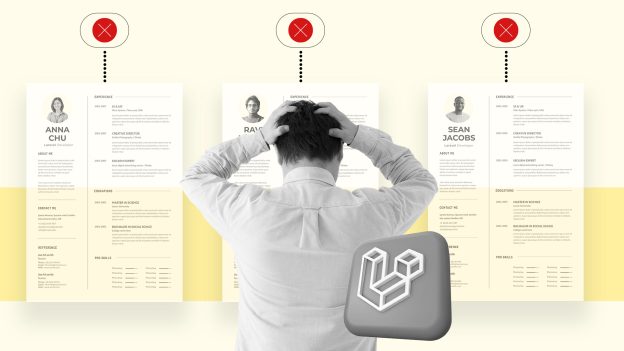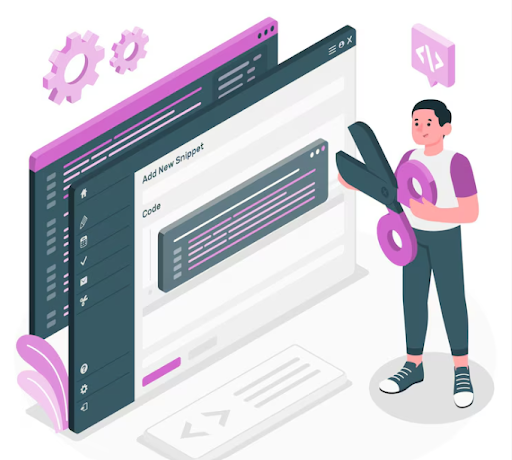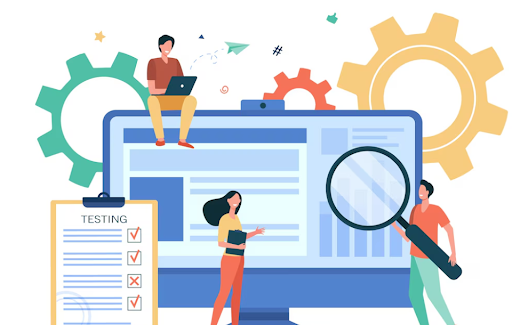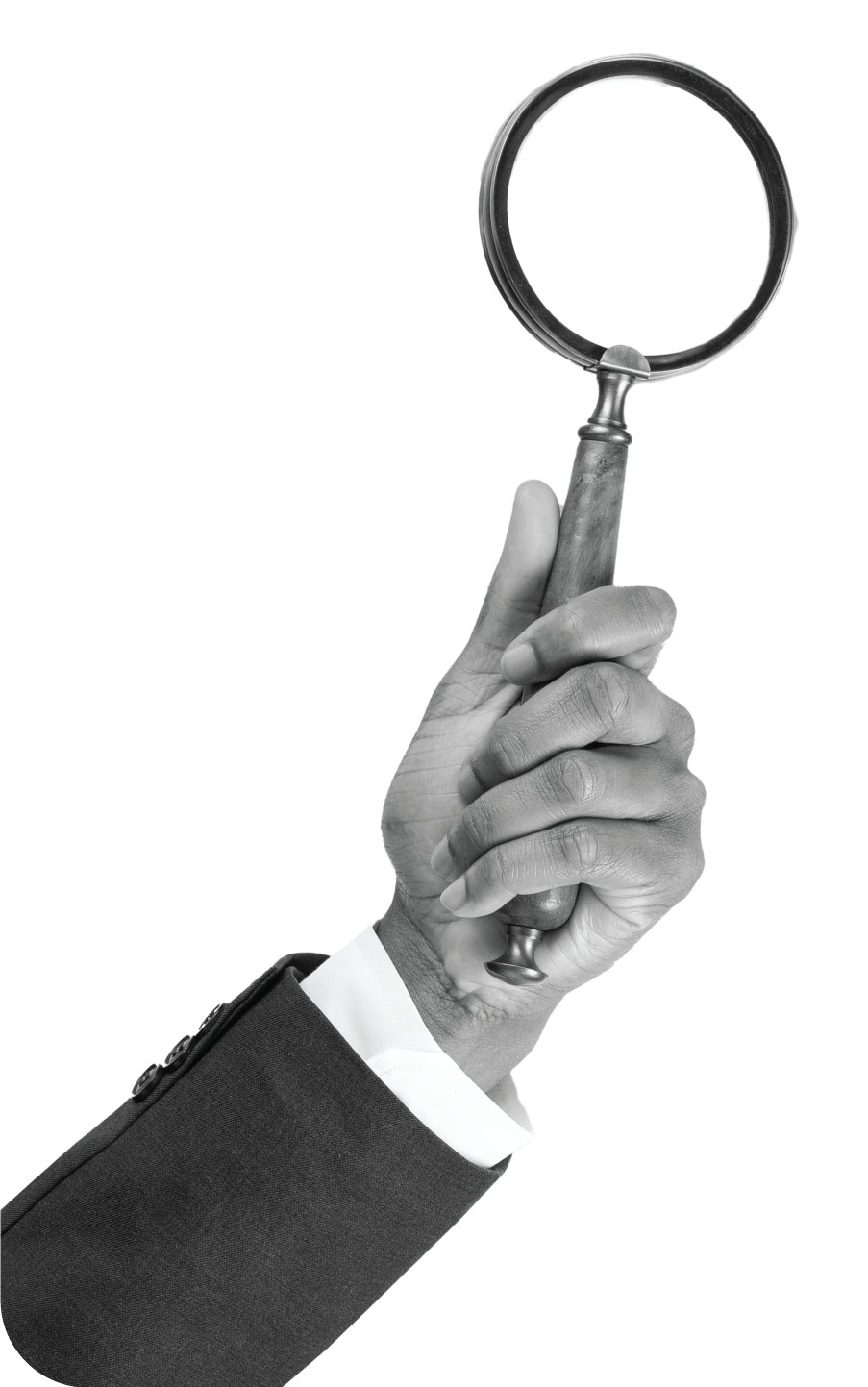Graphic designers are essential to your brand’s visual identity and digital marketing strategy. They create visuals that engage customers, communicate your message, and ultimately drive business success.
Nevertheless, many businesses make typical hiring errors that can cause annoyance, hold-ups, and lost chances. These errors not only impact the quality of the final product but can also strain relationships and hinder the overall progress of your projects.
Here are some of the most common mistakes businesses make when hiring graphic designers, along with tips on how to avoid them:
1. Not Defining Clear Project Expectations
One common mistake when you hire graphic designers is not clearly defining the project’s scope. This often results in confusion, delays, and dissatisfaction on both sides.
Set the right objectives for your project while hiring designers. It is essential to define what you aim to achieve with the design.
Also, make sure to clarify project goals—whether you are creating brand awareness, increasing engagement, or improving user experience.
Discuss what you require from the designer with clear details about the resolution, colors, and file formats. Agree on the number of revisions included in the project scope. Set a realistic and achievable deadline. Align your budget with your project’s complexity, scope, and expertise.
2. Focusing Too Much on Cost Rather Than Quality
Prioritizing price over quality can result in subpar designs that fall short of your standards or poorly represent your business.
Choosing low-cost designers can result in repeated revisions, which might lead to higher costs. To assess a designer’s value, review their past work to check if they have delivered high-quality solutions cohesively.
A clear analysis of their technical skills in Adobe, Figma, typography, design principles, and the evidence of unique ideas in their past work can help you decide if a designer is worth the investment.
3. Overlooking Portfolio and Experience
A graphic design portfolio reflects the designer’s capabilities, creativity, and ability to translate ideas. Overlooking this can be a significant mistake.
Examine a portfolio to see if the designer’s aesthetic fits your company’s mission and vision. The portfolio’s case studies offer insightful information on how the designer tackles problems and produces outcomes.
Focus on the quality of their work—are the designs innovative and original? When assessing the graphic design portfolio, determine whether the designer has experience working with the specific medium you require and whether they can adapt to different design styles. A strong portfolio will demonstrate both versatility and depth of expertise.
4. Ignoring the Designer’s Specialization
Employing a graphic designer without knowing their area of expertise may lead to misplaced expectations, subpar work, and squandered time and money. A distinct skill set is needed for each sort of graphic design, and not all designers are equally skilled.
Match the designer’s skills with your needs to guarantee the success of your project. For example, for packaging design, logos, and brand identity, consult a branding specialist.
Working with a UI/UX designer will result in smooth and intuitive websites or apps. If you’re concentrating on advertising, work with a designer who is aware of audience behavior and campaign objectives.
Additionally, if your project doesn’t require in-office work, hiring a remote graphic designer can offer flexibility, access to a wider range of talent, and potential cost savings.
5. Not Communicating Effectively

A successful collaboration between businesses and graphic designers lies in effective communication. Ineffective communication results in wasted time, missed deadlines and designs that don’t satisfy your expectations.
Communicate your brand’s vision, values and target audience, and check if they can align their creative output with your desired business outcomes. Open channels of communication create an environment that encourages innovative design ideas.
You can divide the project into smaller deliverables, setting deadlines for each stage to monitor progress and avoid last-minute rushes.
Make sure to have regular meetings to discuss the progress or concerns and fine-tune the design direction accordingly. Detailed feedback will reduce repeated revisions, saving time and resources.
6. Failing to Check References and Reviews
When choosing a graphic designer, references from previous customers offer important information about the designer’s dependability, communication skills, and capacity to produce high-quality work on schedule. Feedback can assist in determining whether the designer adheres to deadlines, communicates clearly, and adjusts to helpful criticism.
Consistent positive feedback suggests that the designer can provide good results and is easy to work with. On the contrary, negative reviews highlight potential challenges.
Try not to hire a graphic designer if the feedback includes these red flags:
- Failure to adhere to deadlines
- Unresponsiveness
- Poor quality work
7. Rushing the Hiring Process
A successful cooperation is more likely when you take the time to engage a graphic designer so that their abilities may be thoroughly assessed. Examining portfolios closely aids in determining the designer’s technical proficiency, inventiveness, and project fit.
Interviews help assess communication skills, problem-solving approach, and ability to understand your vision. You can also get feedback from previous clients to understand their reliability and professionalism.
Hiring a graphic designer in haste can lead to unsatisfactory results—low-quality work, excessive revisions and delays, frustration and higher-than-expected costs. Further miscommunication can strain relationships and disrupt the overall project timeline.
8. Not Ensuring Compatibility with Your Brand Identity
Your brand’s tone, target market, color schemes, and typography must all be in harmony with the designer’s style in order for them to effectively represent your company.
Employing a graphic designer whose style is incompatible with your brand may lead to work that doesn’t resonate with your target market. To avoid this, it is essential to convey your brand’s mission, beliefs, and overall aesthetics. To make your expectations clear to the designer, you can provide samples or design guidelines.
9. Neglecting Legal Aspects: Contracts and Copyrights
Neglecting the legal aspects while hiring a graphic designer can lead to disputes over ownership and project deliverables. A well-drafted contract should include project scope, deadlines, payment terms, revision policies, and copyright ownership.
Ensure the contract mentions that you have full ownership of the final designs upon completion. Additionally, instruct the designer to use licensed images and design elements to avoid copyright infringement issues.
10. Not Being Open to the Designer’s Expertise

Not being open to a graphic designer’s expertise restrains his creativity and undermines the project’s success. So make sure you trust their creative process and allow them to apply their skills and innovate.
Experienced designers understand what works best for your industry and audience, so their insight is invaluable. While being clear about your expectations is important, flexibility in your mindset allows the designers to execute the ideas aptly.
Final Words
Hiring graphic designers can be a real game-changer for your brand, but only if you avoid these common pitfalls.
Ensure designers possess the required technical and creative skills, scrutinize their portfolios, and get feedback from previous clients before zeroing in on your graphic designer. Such strategies make finding a designer who can boost your brand and bring your vision to life easier.
Uplers offers a network of pre-vetted, top-tier graphic designers who focus on creating innovative, user-centered visuals for businesses. By connecting clients with professionals specializing in branding, UX/UI, and digital design, Uplers ensures the delivery of high-quality work that aligns with brand identities. Want to learn more? Connect with our team today!
Frequently Asked Questions
What should I examine in a graphic designer’s portfolio?
A graphic designer’s portfolio should have high-quality, unique, original designs that resonate with your needs. The designer should provide evidence of previous work-related results like boosted engagement or brand success.
How important is communication with my graphic designer?
Clear communication with your graphic designer ensures your final product resonates with the audience and reflects your vision. Communication also reduces the chances of misunderstanding and eliminates confusion.
How can I assess the quality of a designer’s work before hiring?
Assess the specific projects your designer has completed, the level of detail in the designs, and whether the designer’s style fits your needs.
Also, consider how they have worked with previous clients and how they use technology in their projects. This helps you gauge their adaptability and expertise in delivering results that meet your business goals.
How can I build a long-term relationship with a graphic designer?
Be clear with your requirements, offer on-time payments, and practice constructive criticism. Also, make sure you trust your designer’s creativity and skills for a productive association.















